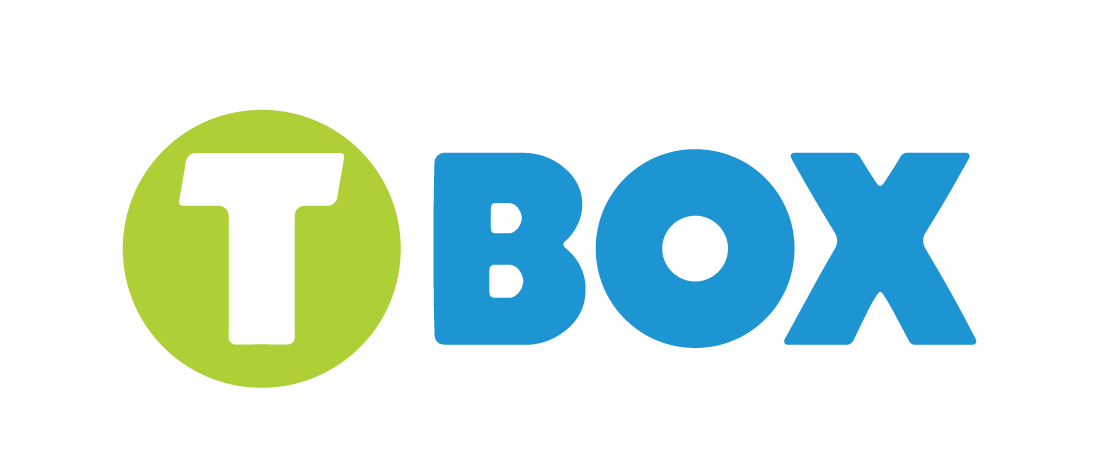The responsible use of technology has transformed our lives, enabling us to work, learn, and connect in unprecedented ways. However, its positive impact depends on our ability to use it with ethics and awareness. For this reason, promoting a balanced relationship with technology is vital to maximize its transformative potential, especially in education, where it plays a key role in preparing future generations.
This blog explores the meaning of responsible use of technology, best practices for applying it, and how digital citizenship becomes an essential pillar for educational technology.

What does responsible use of technology mean?
Responsible technology is not limited to the moderate use of electronic devices; rather, it encompasses a comprehensive approach that includes ethical interaction, time management, and privacy protection in digital environments. In a world where technology touches every aspect of our lives, this concept becomes especially relevant, as our online decisions impact both individually and collectively.
The responsible use of technology can be defined as the conscious, ethical, and effective use of digital tools to maximize their benefits and minimize their risks. This includes not only how much time we spend in front of a screen but also how we decide to interact, share information, and participate in virtual communities. Responsible technology involves balancing access to innovation with respect for human values and ethical standards.
Some key elements of responsible technology:
Personal Control: Managing Digital Time
Personal control involves effectively managing the time we spend on digital devices, prioritizing activities that contribute to personal, professional, or educational growth. According to a study by Common Sense Media (2024), students and professionals who set clear limits on their screen time experience fewer distractions and greater productivity.
Some good practices you can adopt:
Set specific times to disconnect.
Use tracking tools, such as apps that measure device usage time.
Avoid excessive use of social media during work or study hours.
This approach not only improves productivity but also helps prevent digital burnout.
The integration of these three elements fosters a dynamic educational ecosystem, where both teachers and students feel safe to experiment and make mistakes, while also being motivated to pursue their interests with enthusiasm. Cultivating these elements also prepares educational participants to be creative thinkers and problem-solvers in a constantly changing world, empowering them to tackle future challenges with originality and confidence.

Privacy and Security: Privacy is one of the most vulnerable aspects in the digital environment. Practicing responsible technology means protecting our personal information against unauthorized access, fraud, and online scams. According to EdTech Magazine (2024), 60% of online users underestimate the risks associated with sharing personal data.
How can I improve the security and privacy of my information online?
Create secure and unique passwords for each account.
Enable two-factor authentication for important services.
Regularly review privacy settings on social media and apps.
Early education on this matter, especially in schools, can significantly reduce the risks associated with online privacy.
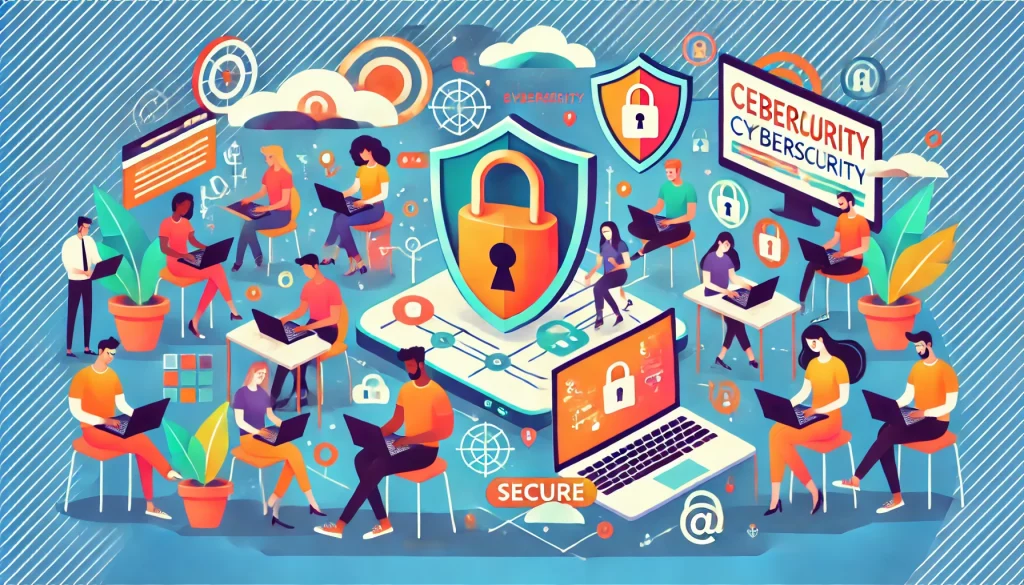
Ethical Interaction: Building Healthy Digital Communities
Responsible technology is also reflected in how we communicate and interact online. This includes avoiding cyberbullying, misinformation, and other forms of harmful behavior. Ethical interaction fosters positive digital communities where individuals feel safe to express themselves and collaborate.
Some basic principles of ethical interaction in technology are:
Promote respect and inclusion in forums, social media, and collaborative platforms.
Refrain from sharing unverified information or rumors.
Report inappropriate behavior on public or private platforms.
According to UNESCO (2023), fostering ethical interaction from an early age helps develop social and emotional skills that are essential for coexistence in both digital and physical environments.

The concept of responsible technology is not just a tool to protect us from the risks of the digital environment; it is a philosophy that encourages a conscious and ethical use of technology in all aspects of our lives. From time management to online interaction, our choices not only benefit us as individuals, but also impact society as a whole.
In a world where technology is ubiquitous, practicing digital responsibility is not an option, but a necessity. Educating new generations on these principles will ensure a future where technology is a positive force for human well-being.
Digital Citizenship
Digital citizenship is the ability to participate safely, ethically, and responsibly in the digital world. This involves not only having access to technology but also knowing how to use it to contribute positively to society. That’s why it’s important to understand the key components of digital citizenship:
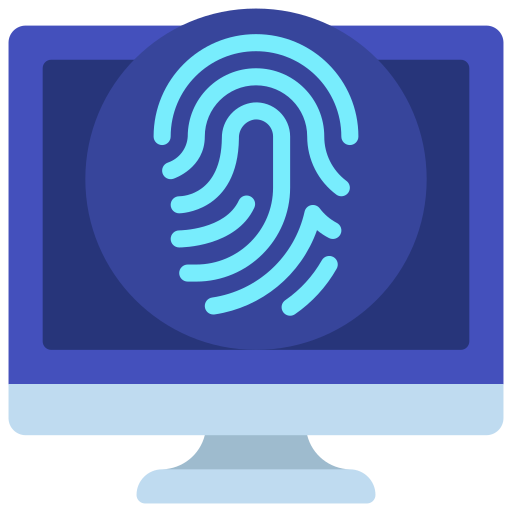

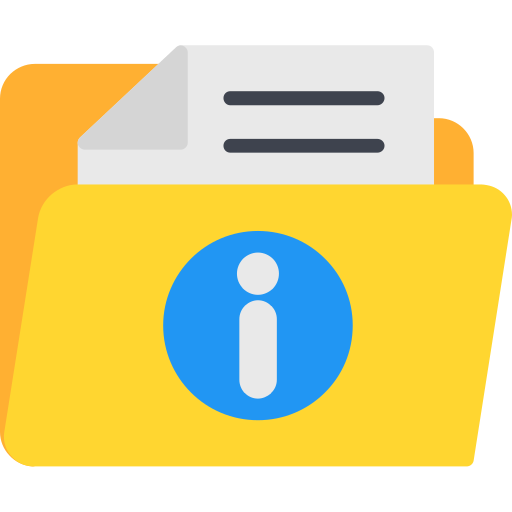
Digital Security
Respectful Interaction
Critical Use of Information
Understanding how to protect yourself and others online.
Recognizing the impact of our words and actions on others.
Evaluating the reliability of sources in an environment where misinformation is abundant.
In a world where virtual interactions are as common as physical ones, digital citizenship is essential for building a connected, safe, and collaborative society. It also fosters empathy, inclusion, and equity—values that strengthen any community, whether online or offline.
Digital citizenship is a key pillar in educating students who can interact safely, ethically, and responsibly in the digital world. Integrating it into educational technology programs not only enriches learning but also shapes citizens who are capable of contributing positively to their digital communities and beyond.
Promoting this competency in education requires specific strategies and tools designed to engage students, encourage their active participation, and ensure a comprehensive understanding of the risks and opportunities of the digital environment.
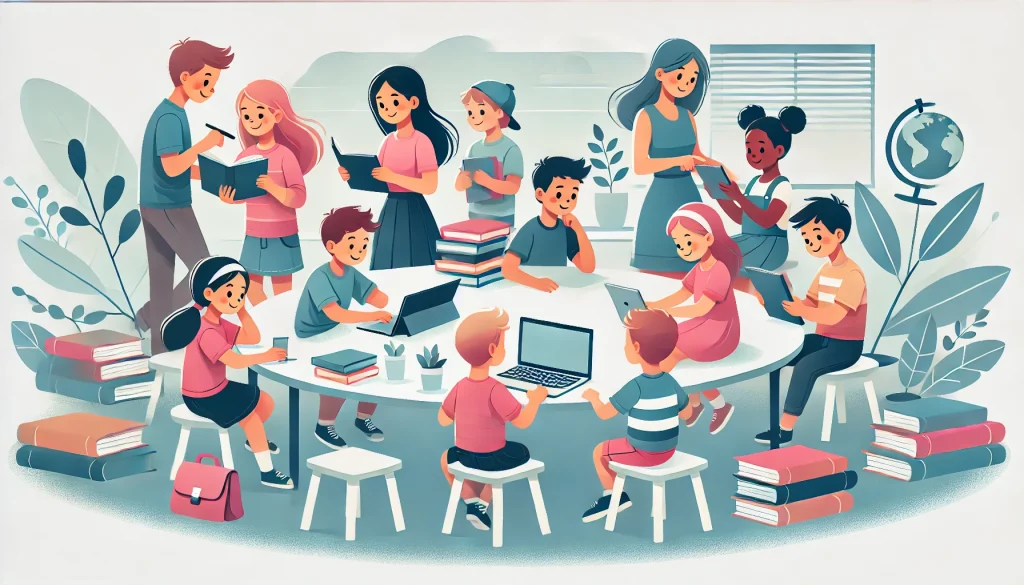
Some recommended practices for the classroom:
Interactive lessons and simulations
Incorporating playful activities in teaching facilitates the understanding of complex topics such as digital privacy or personal data management. Example: Designing simulated scenarios where students must identify digital threats, such as fraudulent emails or fake profiles on social media.

Open discussion in the classroom
Creating a space for students to share their experiences and concerns related to technology fosters reflection and collective learning. Key topics for discussion:
Impacts of cyberbullying and how to prevent it.
The importance of verifying sources to avoid misinformation.
Consequences of posting inappropriate content online.
These conversations help students connect the principles of digital citizenship with their own experiences, making them more relevant and meaningful.

Collaborative projects
Group projects are an excellent opportunity for students to use digital tools responsibly while developing skills such as teamwork and problem-solving.
Practical example: Design a social media campaign to promote digital safety in their community. Students can create videos, infographics, or posts to educate their peers about good online practices.


The combination of responsible technology, digital citizenship, and educational technology is the key to a future where learning, innovation, and digital ethics complement each other. By adopting these practices in the classroom and beyond, we can build a more connected, informed, and collaborative society. At TBox, digital citizenship is one of our core principles, guiding each of our projects with the aim of applying and strengthening these principles. Through our initiatives, we aim not only to equip students and educators with technological tools but also to shape responsible digital citizens capable of contributing positively to their communities both online and offline.
Learn more:
Ribble, M. (2024). Digital Citizenship in Schools: Nine Elements All Students Should Know. Retrieved from digitalcitizenship.net
Common Sense Media. (2024). Digital Citizenship for Educators and Families. Retrieved from commonsense.org
EdTech Magazine. (2024). Balancing Technology and Learning. Retrieved from edtechmagazine.com
(2023). Digital Competencies in the 21st Century. Retrieved from unesco.org
